Corporate News
Company News
- Aluminum veneer customization, creating an exclusive personalized space
- Hyperbolic aluminum veneer: the artistic new darling of the aluminum industry
- Infinite creativity, perforated aluminum veneer interprets the beauty of modern architecture
- Fluorocarbon aluminum veneer: a new favorite in architecture, combining beauty and durability
- Aluminum veneer customization, creating a new choice for personalized space!
Industry dynamics
- Smart Choice Art 3mm Aluminum Veneer Applied to Smart Home Decoration
- Fluorocarbon aluminum veneer: the "fashionista" in the aluminum industry
- Aluminum veneer punching, the fashion code of modern architecture
- Fluorocarbon aluminum veneer: the fashionable choice for modern architecture?
- Aluminum veneer, creating the beauty of modern architecture
Frequently asked questions
- Can the insulation function of aluminum veneer reduce the energy consumption of buildings?
- Is the production process of aluminum veneer environmentally friendly?
- How does aluminum veneer provide the weather resistance required for modern buildings?
- What are the advantages of aluminum veneer compared to other building materials in modern architecture?
- What is the antioxidant performance of aluminum veneer?
contact us
Mobile:+86 15627778610
Email: 2201229786@qq.com
Address: No. 5 Binjiang Road, High tech Zone, Zhaoqing City, Guangdong Province
Aluminum veneer: Creating excellent architectural design
- Author: Jinba Aluminum Industry (Guangdong) Co., Ltd
- Release time: March 18, 2025 01:51:38
- Click:0
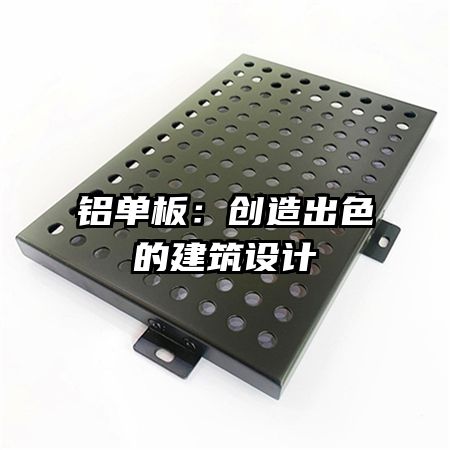
Aluminum veneerCreate excellent architectural designs
Abstract: Aluminum veneer, as a new type of building material, has the characteristics of lightweight, durability, and aesthetics, and is widely used in architectural design. This article elaborates on the importance and advantages of aluminum veneer in creating excellent architectural designs from four aspects.
1、 Material selection
1. The portability of aluminum veneer
Aluminum veneer is made of aluminum alloy and has a lighter weight compared to traditional building materials such as bricks and concrete. This allows designers to use aluminum veneer more freely to create unique architectural forms. At the same time, the lightweight nature of aluminum veneer also reduces the overall weight of the building, reduces the load on the foundation structure, and improves the stability of the building.
2. Durability of aluminum veneer
Aluminum veneer has excellent durability and can resist wind and rain erosion and ultraviolet radiation in daily environments. This makes aluminum veneer perform well in outdoor building design, maintaining its beauty and stability for a long time. In addition, aluminum veneer also has characteristics such as corrosion resistance and fire resistance, making buildings safer and more reliable.
3. The aesthetic appeal of aluminum veneer
Aluminum veneer can achieve diverse appearance effects through surface treatment and coating, meeting different architectural styles and design requirements. Its luster, color, and texture can add unique visual effects to buildings and enhance their overall aesthetic appeal. At the same time, aluminum veneer can also be cut and bent as needed to achieve richer shapes and three-dimensional effects.
2、 Functional application
1. Soundproofing and insulation function
Aluminum veneer has good sound insulation and thermal insulation performance, which can effectively reduce noise transmission and heat loss inside and outside buildings. This is particularly important for high-rise buildings in central urban areas, as it can provide a more comfortable indoor environment and save energy consumption.
2. Waterproof and moisture-proof functions
After special treatment, aluminum veneer has good waterproof and moisture-proof properties, which can effectively prevent rainwater infiltration and moisture erosion. This has led to the widespread use of aluminum veneer in architectural design in humid areas or coastal cities, extending the service life of buildings.
3. Environmental Protection and Sustainability
Aluminum veneer is a recyclable material that is environmentally friendly. Compared to traditional building materials, the production process of aluminum veneer can reduce energy consumption and carbon dioxide emissions. Meanwhile, the sustainability of aluminum veneer is also reflected in its long lifespan and ease of maintenance, reducing resource waste.
3、 Innovative Design
1. Flexibility in facade design
Aluminum veneer can be cut and bent according to the shape and requirements of the building, achieving flexibility in facade design. Designers can create various unique facade effects by combining and arranging aluminum veneers, injecting innovation and personality into buildings.
2. Creating Light and Shadow Effects
The surface treatment and coating technology of aluminum veneer can reflect and refract light, creating rich light and shadow effects. This allows the building to present different visual effects at different times and angles, increasing its sense of hierarchy and artistry.
3. The combination of functionality and aesthetics
The material characteristics of aluminum veneer enable it to balance functional and aesthetic needs. Designers can create artistic and ornamental architectural designs through the application of aluminum veneer while ensuring the functionality of the building, improving people's quality of life.
4、 Case analysis
1. Shanghai center Building
Shanghai center Building is a landmark super high-rise building, which uses aluminum veneer as the external wall material. The lightweight and aesthetic properties of aluminum veneer make the building stand out in the city and become one of Shanghai's landmarks.
2. Dubai World Trade Center
The Dubai World Trade Center is one of the tallest buildings in the world, with an aluminum veneer facade. The durability and fire resistance of aluminum veneer ensure the safety of the building, while its metallic texture complements Dubai's modern image.
3. The Louvre Glass Pyramid in Paris
The glass pyramid of the Louvre in Paris is a groundbreaking building with a metal structure made of aluminum veneer. The luster and curvature of the aluminum veneer make the pyramid shine with charming light in the sunlight, becoming a cultural landmark of Paris.
5、 Summary:
Aluminum veneer, as a material for creating excellent architectural designs, has the characteristics of lightweight, durability, and aesthetics, and has demonstrated advantages in functional applications and innovative design. By selecting appropriate materials and combining them with building requirements, aluminum veneer can give buildings a unique appearance and functionality. In the future, with the continuous development and innovation of technology, the application prospects of aluminum veneer in architectural design will be even broader.

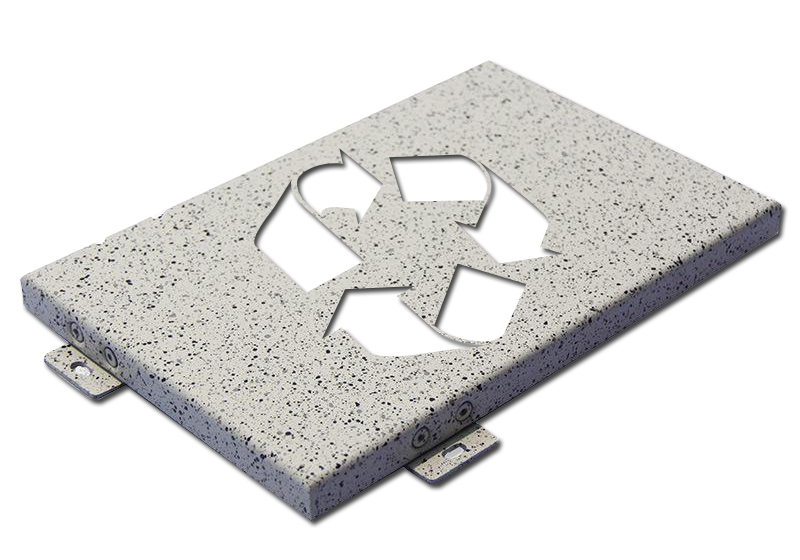
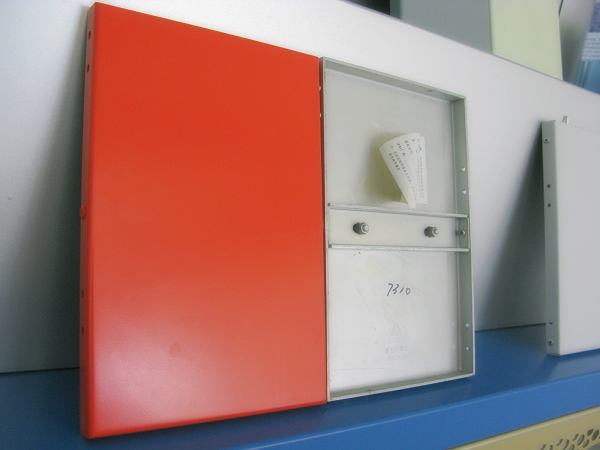
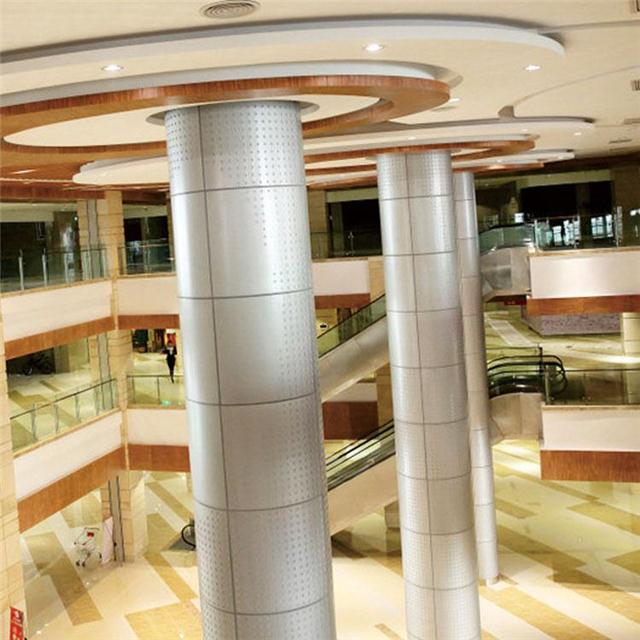
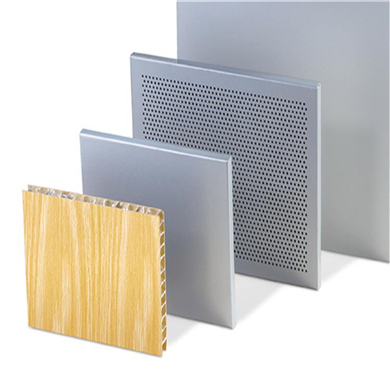
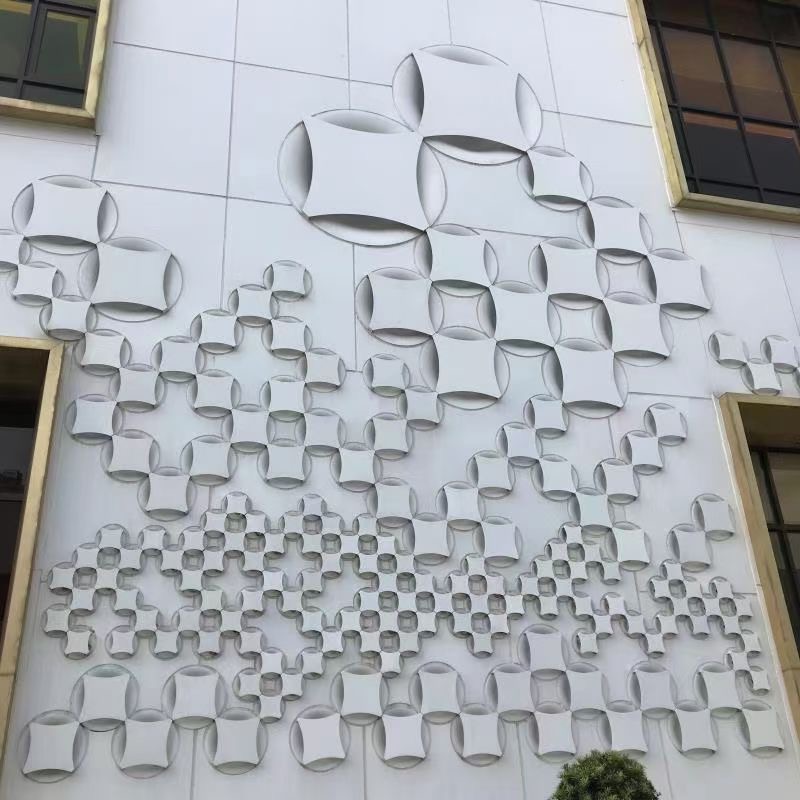
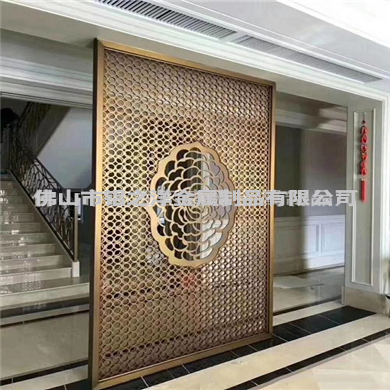
 Customer service QQ
Customer service QQ